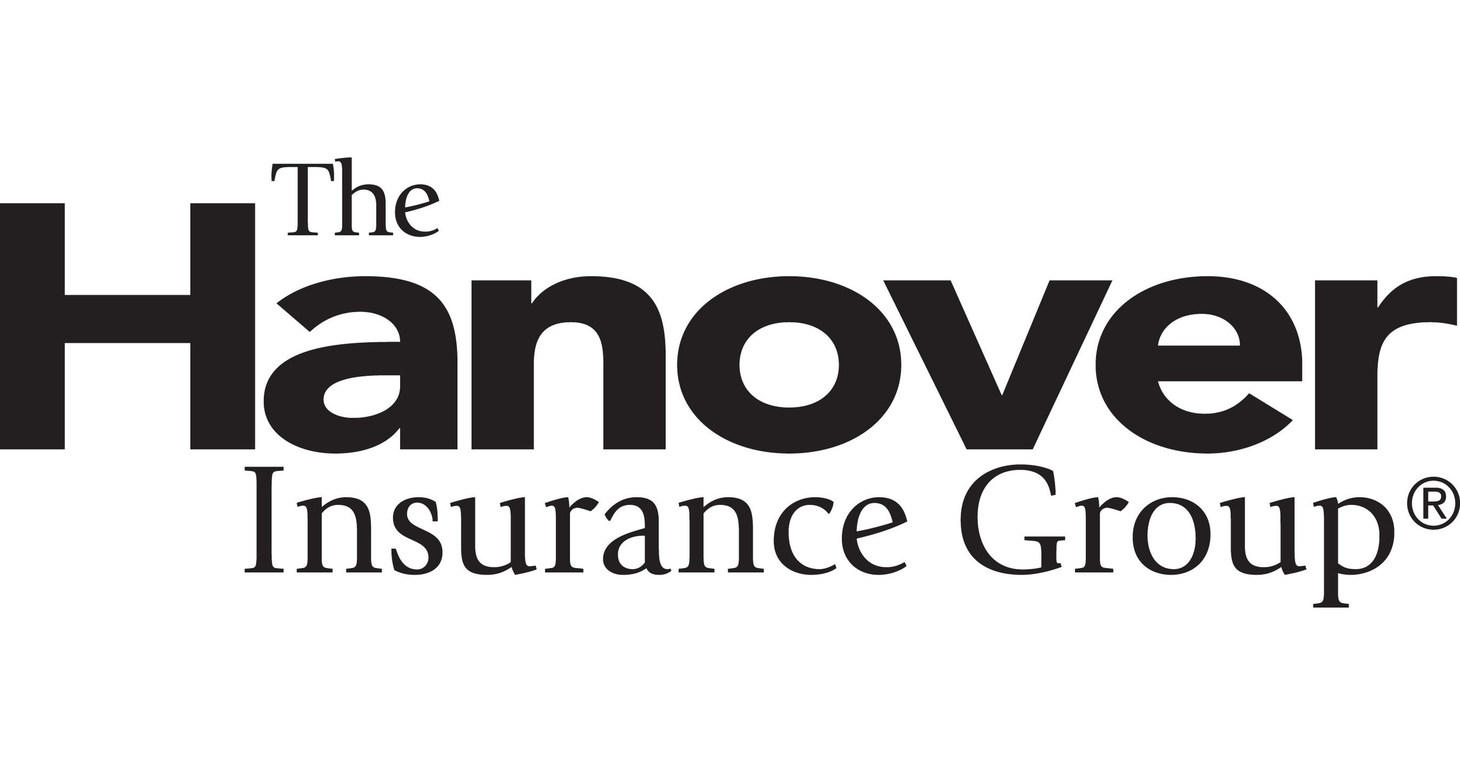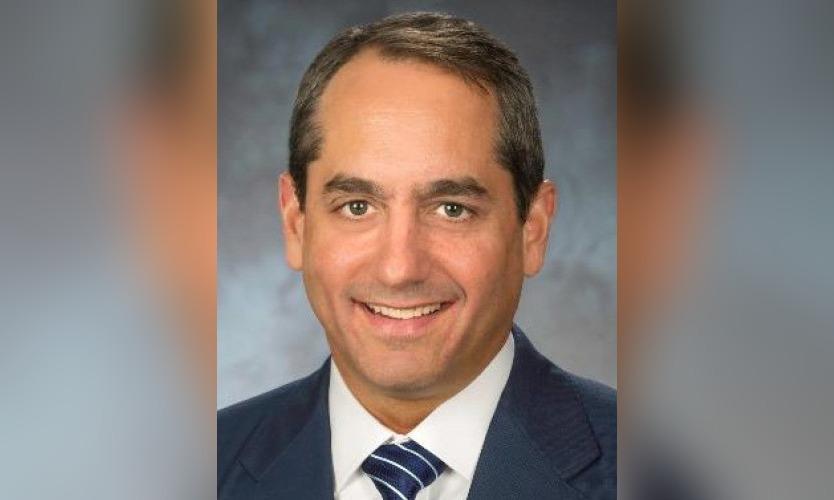AI in Insurance
Travelers leans into AI with $1.5 billion annual tech spend
Travelers hosted its Q3 2025 earnings call on October 16, reporting core income of $1.9 billion ($8.14 per share) and a 22.6% core return on equity, bringing its 12-month ROE to 18.7%. Strong underwriting and higher investment income continued to fuel results, with Business Insurance premiums up 3% to $5.7 billion.
Chairman and CEO Alan Schnitzer said Travelers remains “very bullish on AI,” noting that the company spends more than $1.5 billion annually on technology, with a significant portion dedicated to artificial intelligence. Leveraging its scale and 65 billion clean data points accumulated over decades, Travelers is using AI to enhance underwriting precision, streamline claims through AI-powered assistants, and fuel proprietary tools like TravAI, its internal generative AI platform. MORE
Balancing AI Ambitions and Cybersecurity Realities in 2026
Insurance carriers face both opportunity and risk as AI adoption accelerates and cybersecurity threats intensify, demanding alignment of people, process, and technology.
Whatever one’s preferred origin story, it’s clear that we live in interesting times. While challenges abound, opportunities also await insurance carriers pressing into the back half of the decade. As 2025 enters its final quarter—a period of budgeting and planning—it’s worth assessing where priorities should lie heading into the new year.
Two of the most consequential themes of the past year have been the exposure of cybersecurity vulnerabilities and the rapid emergence of AI capabilities across carriers’ operating models. Both demand attention, yet each can distort priorities if viewed in isolation. The challenge now is balance.
When it comes to security, the impulse is always to spend “just a little more.” But money alone won’t solve the problem. Effective strategies require understanding emerging threat vectors, learning from higher-volume industries such as banking and retail, and staying current with vendor solutions. Supply-chain attacks proved both real and consequential in 2025, reverberating across carrier ecosystems. As technology environments grow more interconnected, vendor management and procurement now play central roles in safeguarding availability and resilience. The old fortress model of data-center security has become quaint by comparison. MORE
Commentary/Opinion

Tariffs drive contents claims higher for property/casualty insurers
Tariffs are rewriting the math of content claims. Higher costs for consumer goods are impacting the cost of property/casualty insurers paying claims for contents of homes that are damaged or destroyed.
In the past, contents were treated as too small to matter significantly in claims severity trends. But with tariffs raising the costs of items such as clothing, electronics and appliances, contents are now a source of volatility. These costs are further compounded by the increased severity and frequency of catastrophe claims.
A white paper from Adjusto, “The Cost of Everything: What Tariffs Mean for Claims and Insurers,” described how tariffs are raising the cost of paying claims for contents.
Decades of economic research show that tariffs are overwhelmingly passed down the supply chain, the report said. Importers adjust prices, wholesalers add margins, retailers raise sticker prices and consumers ultimately bear the brunt.
This matters to claims leaders because insurance companies reimburse the consumer’s real cost of replacement. In practice, tariffs mean that the replacement price of a refrigerator, laptop or sofa after a loss is now 10%–15% higher than it was last year. These increases are layered on top of the ordinary inflation and product shortages that already exist. Tariffs do not create new categories of loss — but they amplify the severity of claims insurers already face.
News
California May Block Tesla Insurance Company -
Tesla operates its own insurance company. But it might not do that for long.
The California Department of Insurance (CDI) announced it may revoke the company’s license to offer insurance in America’s most populous state. There are more Teslas registered in California than in any other state.
Insurance Business Magazine explains, “The companies have been directed to address outstanding claims or face a hearing before an administrative law judge. Possible outcomes include suspension or revocation of their licenses to operate in California, as well as significant fines.”
CDI alleges “the companies did not comply with claim-handling requirements, despite multiple warnings. The department also said the insurers prioritized profits over policyholder needs.”
The company has until Oct. 18 to show it has improved its claim handling practices.
Zurich Elevates Property Underwriting with Nearmap AI Integration
Zurich North America embeds Nearmap’s AI-driven aerial imagery into its underwriting workflow to sharpen risk assessment and enhance efficiency.
When underwriters at Zurich North America (Schaumburg, Ill.) set out to modernize property underwriting, their goal was straightforward but ambitious: make it faster, smarter, and more precise. The solution came through collaboration with Nearmap (Sydney/Lehi, Utah), a provider of high-resolution aerial imagery and property intelligence whose acquisition of Betterview in 2023 brought together complementary capabilities in AI and data analytics.
Zurich’s Middle Market team saw an opportunity to strengthen underwriting decisions by giving underwriters direct access to frequently updated property imagery and roof-condition data. “Our focus has really been twofold—making Zurich the best digital environment for underwriters to work in, and helping the business grow profitably,” comments Amy Nelsen, Head of Underwriting Operations, U.S. Middle Market, Zurich North America.
“We’re constantly looking at where technology can help us identify risks we want to pursue and understand those risks more effectively.”
Research

Consumers Are Privacy-Savvy And AI-Wary: Insights From The US Consumer Privacy Segmentation Report
The latest insights from our 2025 US consumer privacy segmentation reveal consumer preferences for data sharing and privacy.
Every year, Forrester updates the US consumer privacy segmentation report to uncover evolving trends in how consumers approach data sharing and privacy protection.
The latest findings reveal significant shifts in consumer behavior. Here are three insights that stood out:
Consumers are taking back control of their data. The majority of US online adults have been aware that their online behavior is tracked; now, they are increasingly taking action. The number of US online adults taking active measures to limit the collection of their personal information has seen a stark increase since 2023; over 90% use at least one tool to protect their privacy and security online.
Location is not to be found for two privacy segments. Skeptical Protectionists and Conditional Consumerists are no longer willing to trade location data for perks. The percentage of Skeptical Protectionists and Conditional Consumerists who say they’re comfortable sharing their location with sites and apps if they get something in return has plummeted by 12 and 23 points, respectively, since 2023. While location data is helpful contextual data, headlines about location data being shared and sold have eroded consumer trust.
- Consumers don’t love AI as much as companies do. Brands may be itching to launch cool new consumer-facing AI experiences, especially with the increasing hype around agentic capabilities, but consumers are still lukewarm toward AI. AI awareness is growing slowly, but many US online adults have still never used generative AI.
Stephanie Liu, Senior Analyst. Anna Hoskins, Senior Research Associate, Forrester

New Report from The Hanover Reveals Gaps in Homeowners' Insurance Awareness
A new survey commissioned by The Hanover Insurance Group, Inc. (NYSE: THG) and conducted by The Harris Poll, reveals that many U.S. homeowners are missing important insurance protections, leaving them with exposure to growing risks, such as lawsuits, cybercrime, and inflation.
The Hanover's 2025 Homeowners Coverage Awareness Report surveyed U.S. homeowners1 aged 30 and older to assess their understanding and adoption of four insurance coverages: umbrella, cyber, valuables and recreational vehicles. The findings show a significant gap between awareness and actual coverage:
- Cyber insurance had the lowest awareness levels, at 46%. And, only 7% of homeowners had coverage
- 83% of homeowners are aware of umbrella insurance, but only 39% have talked with their insurance company or agent about this coverage
- 87% are aware of valuables coverage, yet just 26% are covered
- 94% have heard of recreational vehicle insurance, but only 31% have talked with their insurance company or agent about this coverage
At the same time, while only 23% of homeowners have an umbrella policy, 66% said they would be interested in adding one, once provided with a description of the protection it could offer, suggesting deeper education could drive adoption of essential protections. Similarly, many homeowners assumed standard policies offered more protection than they actually do, underscoring the importance of adding things like valuable items to policies.
"These findings highlight the critical role independent agents play in educating homeowners and helping them make informed decisions," said Daniel C. Halsey, president of personal lines at The Hanover. "Homeowners face a growing number of risks that aren't addressed by a basic homeowners policy, making it all the more important for customers to talk with their agents about their evolving risks and build insurance plans that can help protect them, their income and their assets."

Digital Transformation Driving Evolution of Insurance Distribution Partnerships
First Connect survey reveals 81% of agents face mounting customer speed demands while carriers invest in technology solutions
Insurance agents and carriers are converging around digital transformation priorities, with 86% of agents reporting product availability challenges and insurers responding through technology investments and enhanced communication systems, according to First Connect’s State of the Industry 2025 report.
The insurance distribution landscape is undergoing rapid technological change as customer expectations reshape traditional business models, according to First Connect, which surveyed 344 independent agents and 34 insurers. Nearly 60% of agents report that more than half their clients now demand same-day quotes and policy issuance, forcing both agents and insurers to modernize operations.
Insurers are diversifying their distribution strategies, allocating 34% of volume through independent agents and 24% through digital platforms, while maintaining presence across embedded insurance partners and direct-to-consumer channels.
Forward-thinking insurers are implementing comprehensive digital solutions, with 38% providing automated underwriting guidance and 19% offering real-time appetite indicators. Half of insurers now utilize live training webinars or dedicated onboarding managers, while 75% complete agent appointments within one week. This technological evolution extends beyond simple automation to encompass integrated systems that enable agents to compete effectively against direct-to-consumer models, First Connect said..
InsurTech/M&A/Finance💰/Collaboration
MGT Raises $21.6 Million to Expand AI-Native Small Business Insurance
MGT, a vertically AI-native neo-insurer based in San Francisco, announced the close of a $21.6 million oversubscribed Series B funding round aimed at redefining commercial property and casualty (P&C) insurance for small businesses and their agents. The round was led by new investor Mubadala Capital, with participation from Clocktower Ventures, Tacora Capital, and existing investors.
The newly raised capital will support MGT’s mission to deliver smarter, faster, and more accessible insurance coverage for small businesses across the United States. The company plans to use the proceeds to advance research and development, strengthen its vertical AI capabilities, and expand its Excess & Surplus (E&S) market initiatives nationwide.
“This raise marks a pivotal moment for MGT as we scale to meet the growing needs of agents and small businesses nationwide with the support of investors aligned with our mission,” said Michael Topol, Co-Founder and Co-CEO of MGT. “By building MGT as a vertically AI-native company from the ground up, we’ve proven that automation and AI can drive meaningful efficiency, scaling quickly with limited headcount and focusing on strategic impact and innovation.”
Addressing Gaps in Legacy Insurance Processes
Traditional commercial insurance systems often present small businesses with a confusing and time-consuming process to obtain and manage coverage. MGT was founded to streamline these challenges using artificial intelligence. As the world’s first vertically AI-native neo-insurer focused on small businesses, the company is restructuring the insurance model to prioritize simplicity, speed, and transparency.
Financial Results

Travelers’ profit surges while premiums inch up
Travelers reported a nearly 50% jump in profit for the third quarter, driven by lower catastrophe losses and higher investment income, but premium growth slowed as some lines saw decreases, led by large-account property insurance.
The insurer, viewed as a bellwether for the sector, reported $1.89 billion in net income for the quarter, a 49.8% increase over the same period last year.
Pre-tax catastrophe losses for the quarter, mainly from tornadoes and hail-related damage in the central United States, were $402 million for the quarter, compared with $939 million in the same period last year.
The insurer’s combined ratio improved to 87.3% for the quarter, compared with 93.2% in last year’s third quarter.
Net investment income rose 14.3% to $1.03 billion.
Net written premiums rose to $11.47 billion, a 1.4% increase compared to the same period last year.
Claims

Auto Value Professionals Expands Diminished Value and Auto Appraisal Services into Georgia, North Carolina, and Illinois
Auto Value Professionals, the nation's leading firm for diminished value and total loss appraisals, today announced its expansion into Georgia, North Carolina, and Illinois. This strategic growth enables the company to serve a broader customer base with its specialized services, including diminished value appraisals, total loss valuations, and loss of use assessments — all designed to help consumers protect their automotive investments and receive the compensation they deserve.
The expansion comes as demand for professional automotive appraisal services continues to grow across the United States. Auto Value Professionals has built a reputation for helping vehicle owners recover fair compensation after accidents by providing detailed diminished value appraisals that document the reduced market value of repaired vehicles.
"We're excited to bring our expertise to Georgia, North Carolina, and Illinois," said Oliver Custer, Founder of Auto Value Professionals. "These markets have shown strong demand for professional appraisal services, and we're committed to helping car owners in these states understand their vehicle's true value and recover what they deserve after an accident. Our expansion allows us to serve more customers with the same attention to detail and expertise that has made us a trusted name nationwide."
Podcast Sponsor

Audio Version - 'Connected: The Podcast' --- Sponsored by Pulse Podcasts
The ‘Connected’ Podcast by Alan Demers and Stephen Applebaum, is a condensed audio version of the day's ‘Connected' newsletter, a daily scan of all the happenings in the world of Insurance & InsurTech News.
Pulse Podcasts: Introduce a new way for your audience to hear your voice! We are a podcast creation service that helps businesses turn their written content, like blog posts and news articles, into beautiful podcasts. Our platform writes the script, records the voices, and mixes the audio to create engaging content for your audience. It's affordable and has super-fast turnaround!
LISTEN AND SUBSCRIBE BELOW
